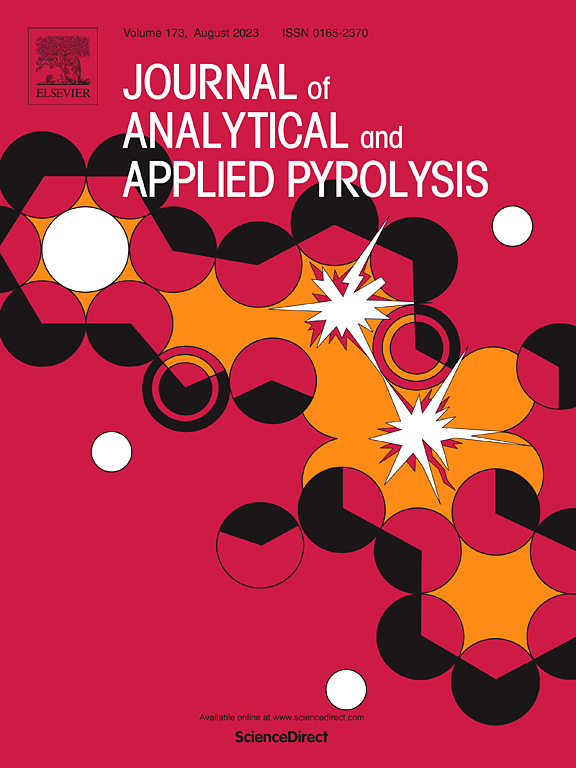生物炭中的多环芳烃:热化学参数的影响和分析考虑
IF 6.2
2区 化学
Q1 CHEMISTRY, ANALYTICAL
引用次数: 0
摘要
生物炭因其对农业和环境可持续性的积极影响而日益得到认可。然而,在生物炭生产过程中会形成一组有机化合物,多环芳烃(PAHs)。生物炭中的多环芳烃水平由原料类型、炭化温度、停留时间和热化学过程中的加热速率等因素决定。一般来说,较高的多环芳烃含量是由于更强烈的热条件。轻多环芳烃主要在500℃以下形成,而重多环芳烃往往在500℃以上的高温下形成。一般来说,多环芳烃由于其毒性会造成健康和环境风险。因此,了解与生物炭相关的风险对于确保其安全应用至关重要。这篇文献综述将讨论多环芳烃和生物炭的背景,包括它们的发生、形成机制和相关的健康影响。它还将涵盖用于生物炭生产的不同热化学转化技术,以及用于分析多环芳烃的常见提取、清理和分析技术。本文章由计算机程序翻译,如有差异,请以英文原文为准。
Polycyclic aromatic hydrocarbons in biochar: Influence of thermochemical parameters and analytical considerations
Biochar is increasingly recognised for its positive impact on agricultural and environmental sustainability. However, a group of organic compounds, polycyclic aromatic hydrocarbons (PAHs), can form during biochar production. The PAH levels in biochar are determined by factors like feedstock type, charring temperature, residence time, and heating rate during the thermochemical process. Generally, higher PAH content results from more intense thermal conditions. Light PAHs mainly form at temperatures below 500°C, while heavy PAHs tend to form at higher temperatures over 500°C. Generally, PAHs can pose health and environmental risks due to their toxicity. Therefore, understanding the risks associated with biochar is essential to ensure its safe application. This literature review will discuss the background of PAHs and biochar, including their occurrence, formation mechanisms, and associated health effects. It will also cover different thermochemical conversion techniques for biochar production, along with common extraction, cleanup and analytical techniques used to analyse PAHs.
求助全文
通过发布文献求助,成功后即可免费获取论文全文。
去求助
来源期刊
CiteScore
9.10
自引率
11.70%
发文量
340
审稿时长
44 days
期刊介绍:
The Journal of Analytical and Applied Pyrolysis (JAAP) is devoted to the publication of papers dealing with innovative applications of pyrolysis processes, the characterization of products related to pyrolysis reactions, and investigations of reaction mechanism. To be considered by JAAP, a manuscript should present significant progress in these topics. The novelty must be satisfactorily argued in the cover letter. A manuscript with a cover letter to the editor not addressing the novelty is likely to be rejected without review.

 求助内容:
求助内容: 应助结果提醒方式:
应助结果提醒方式:


